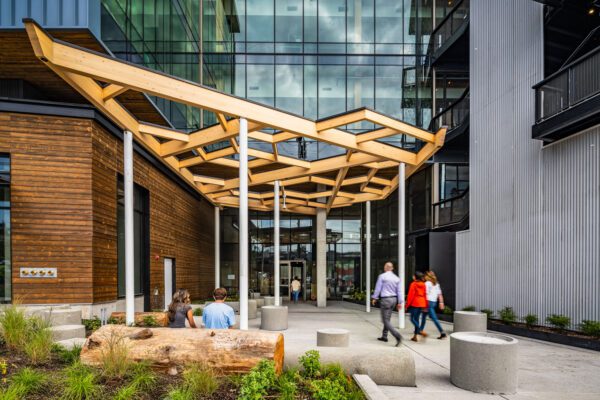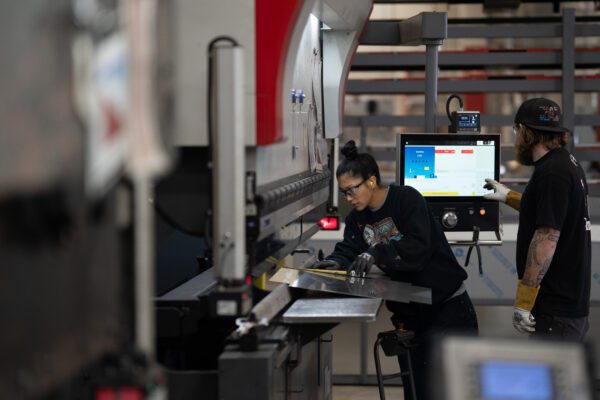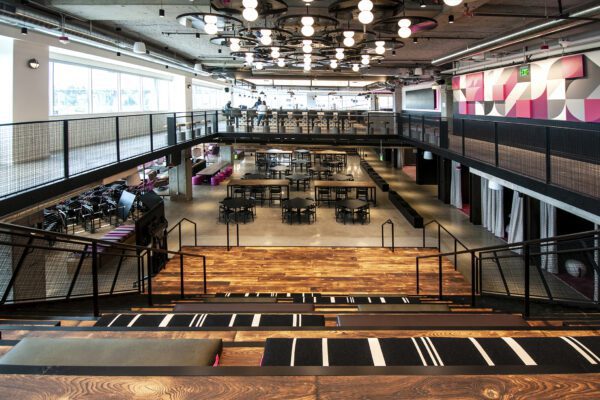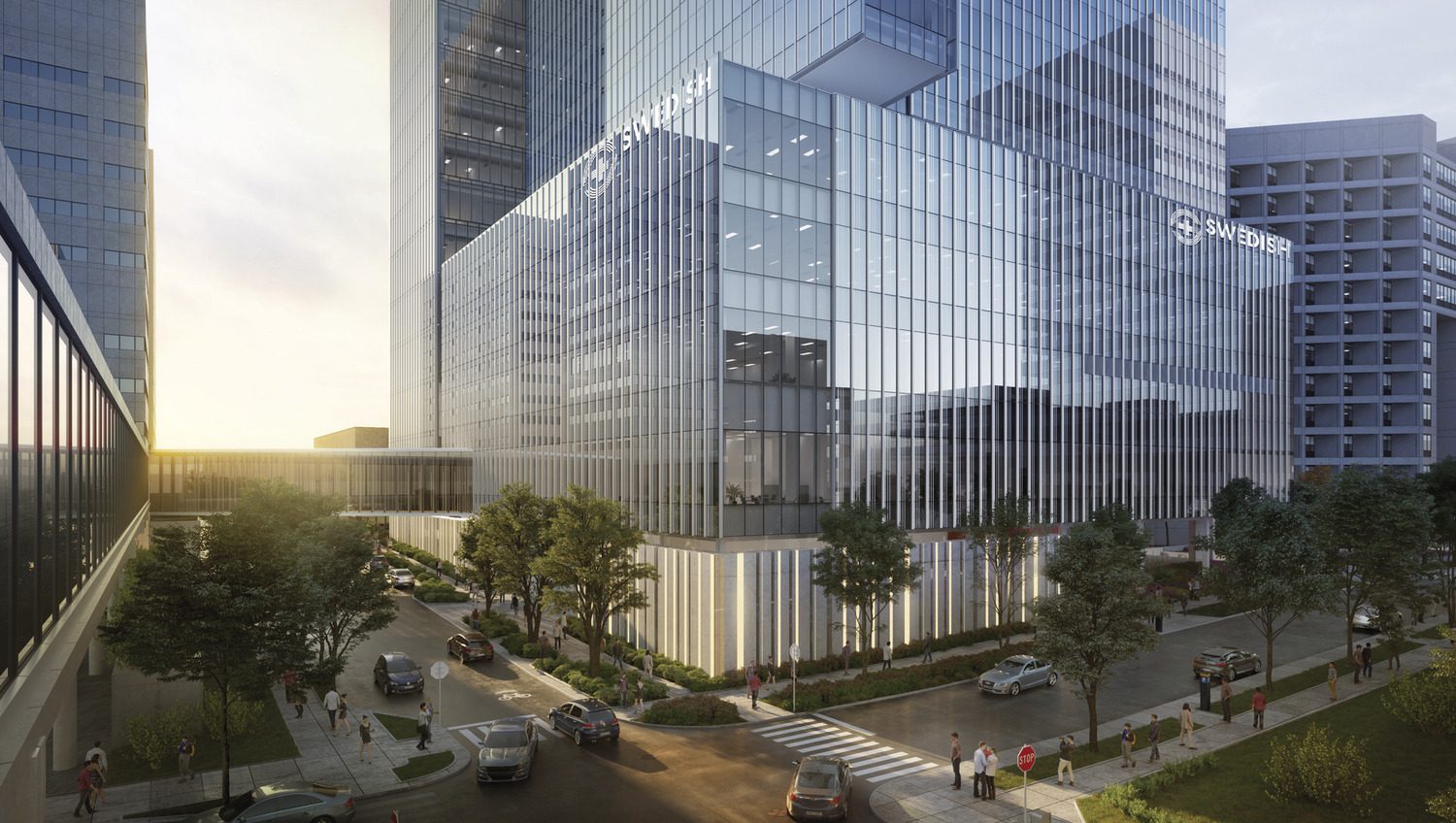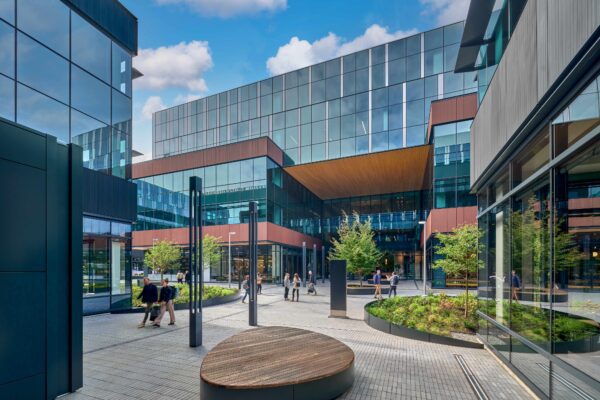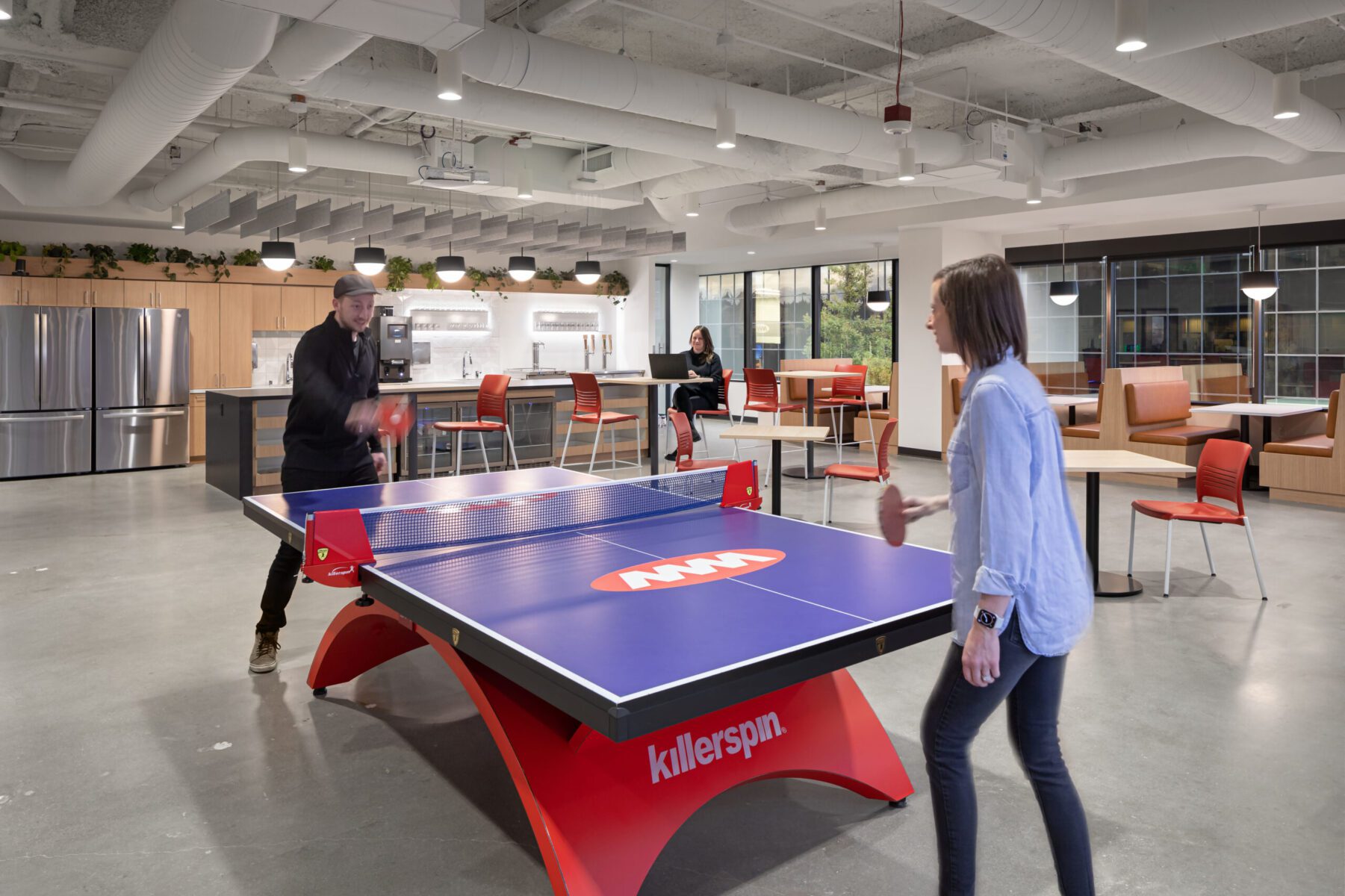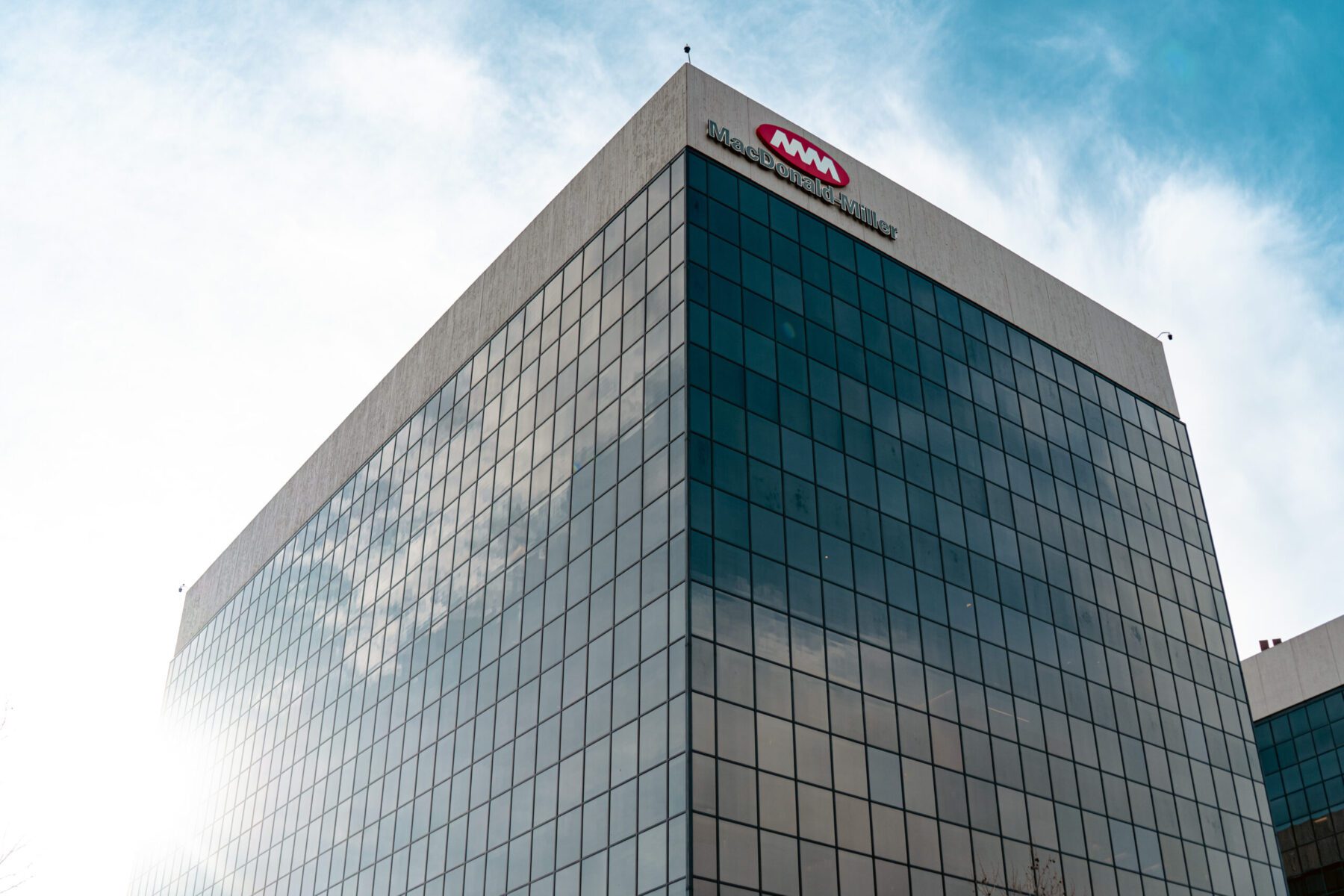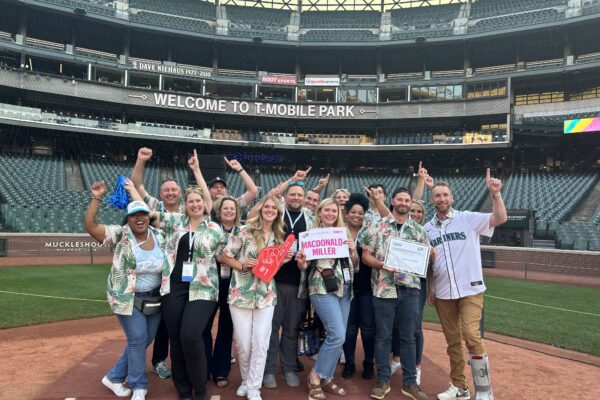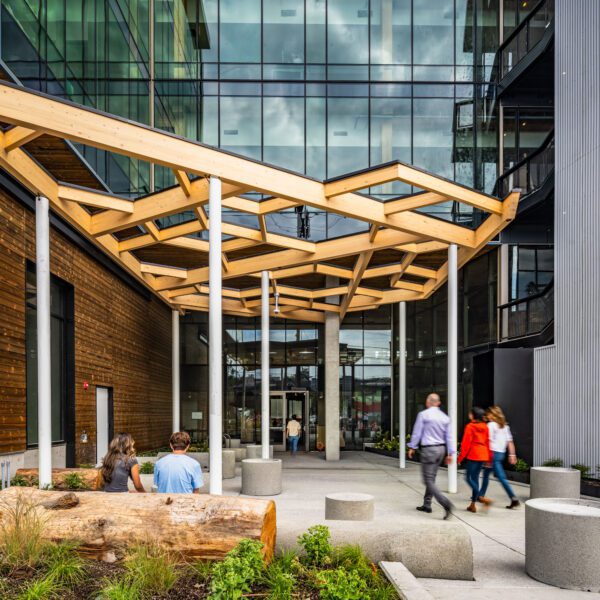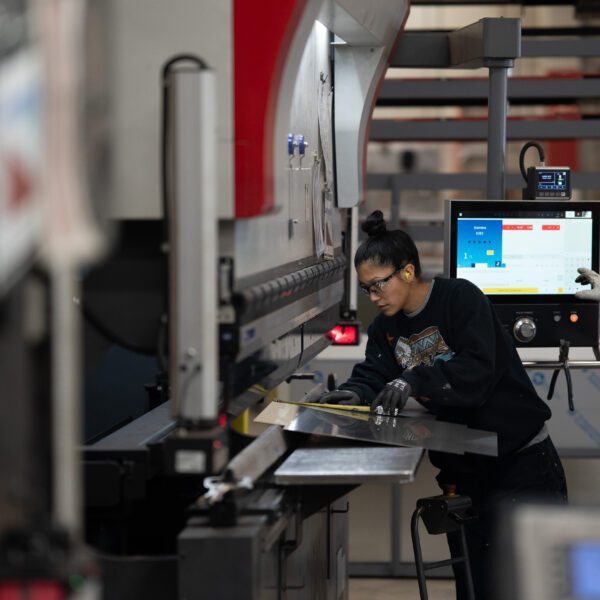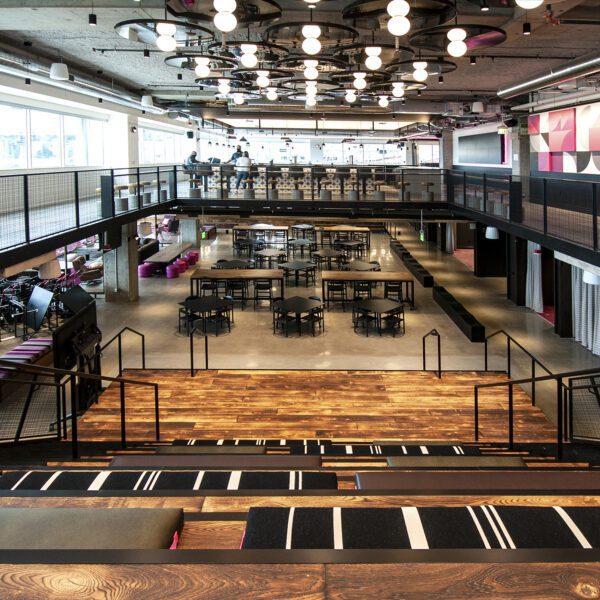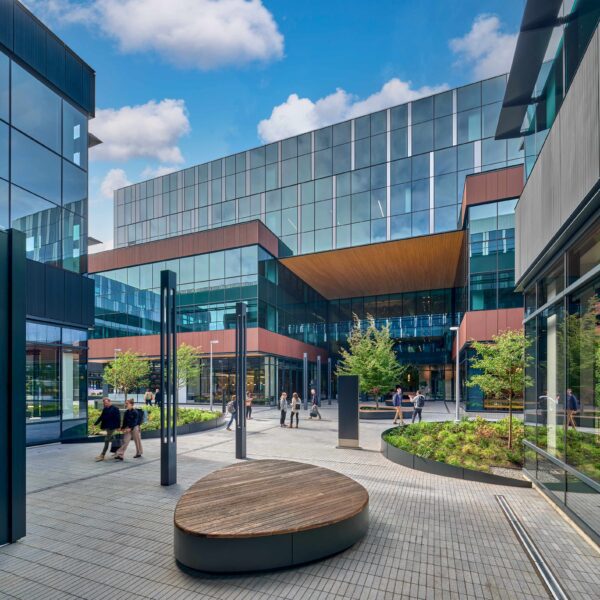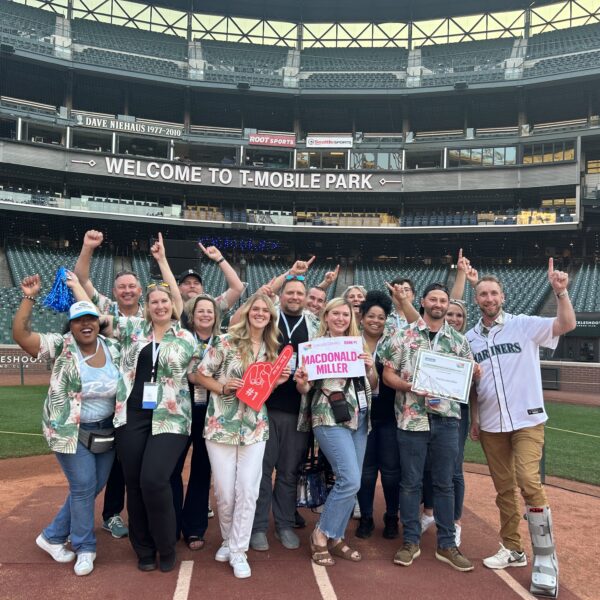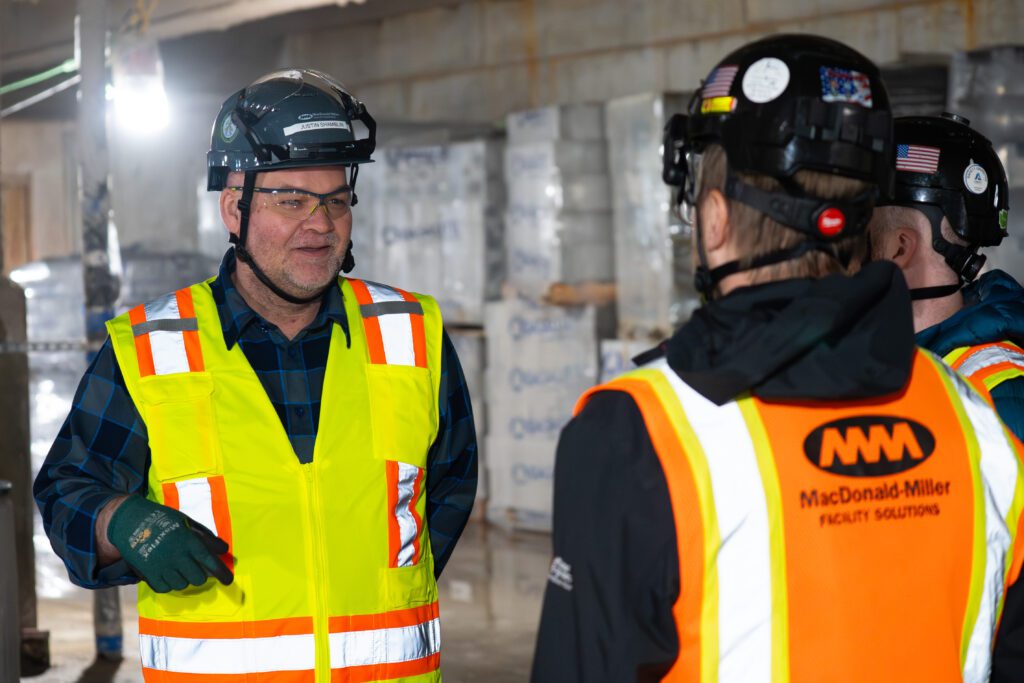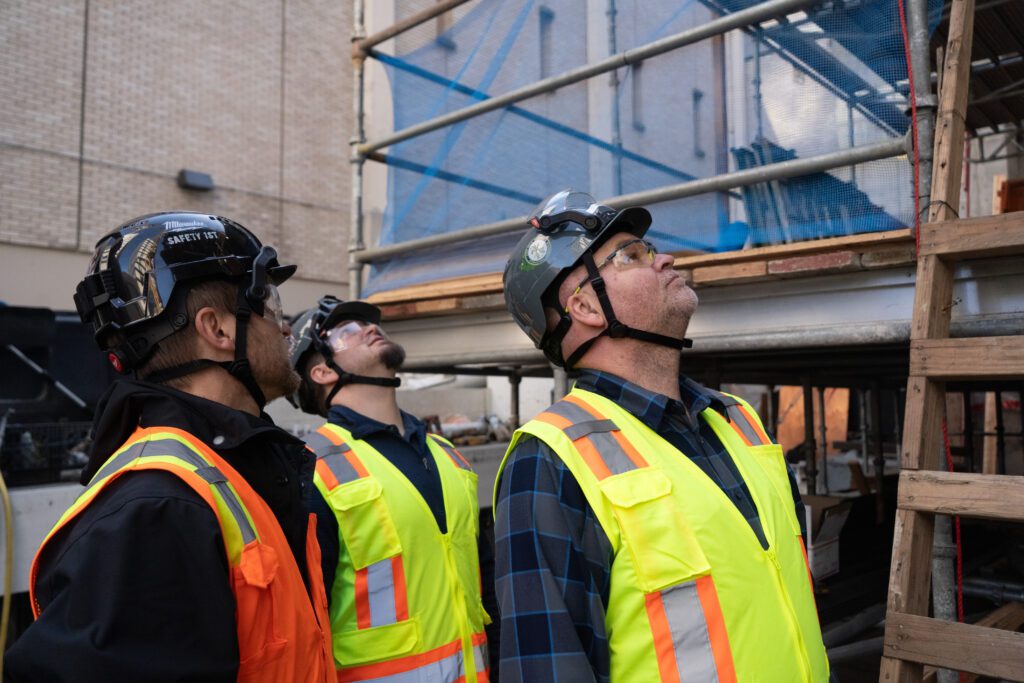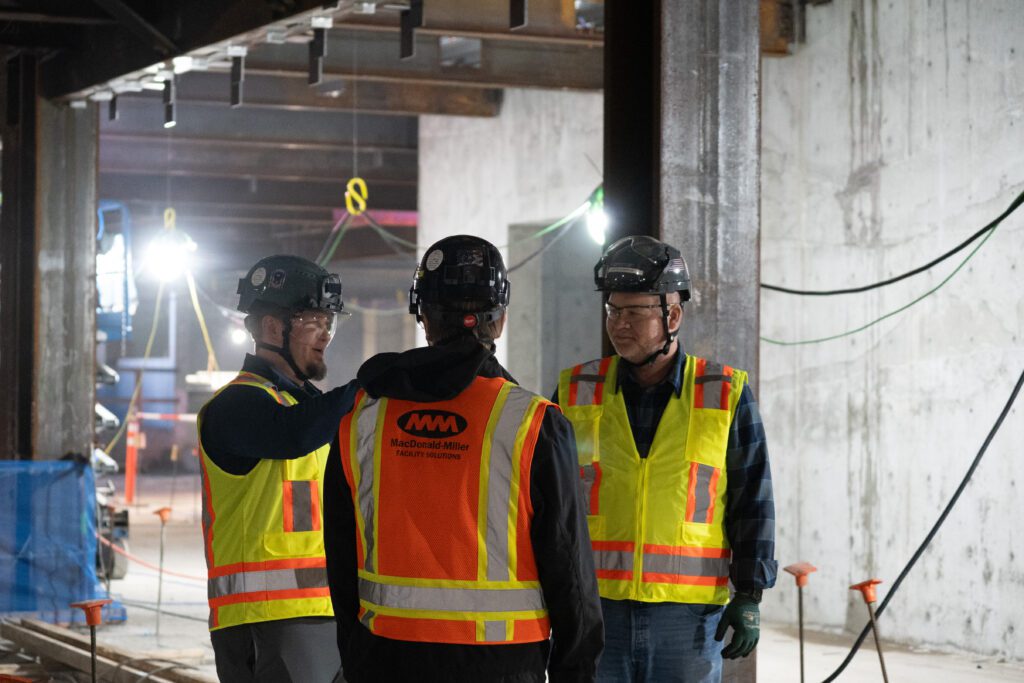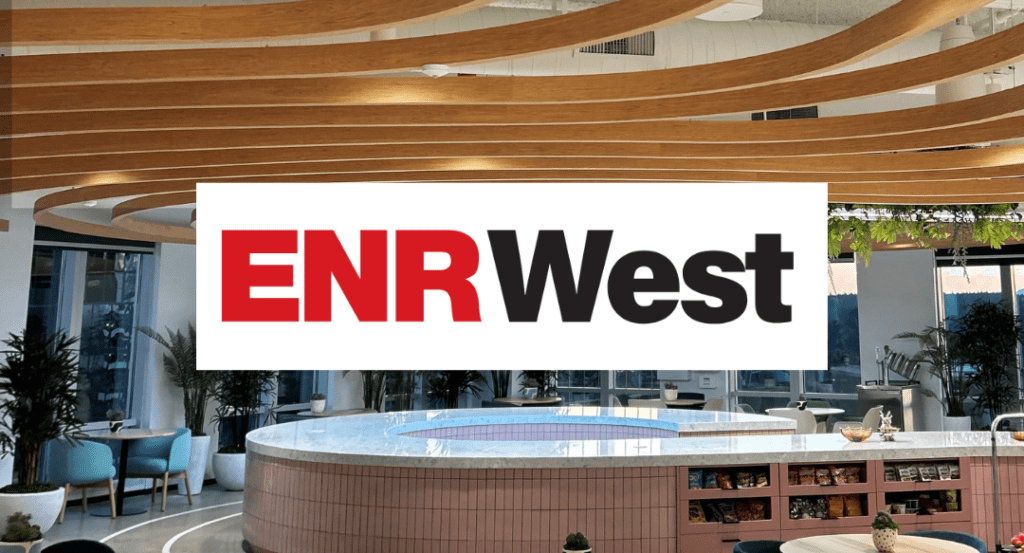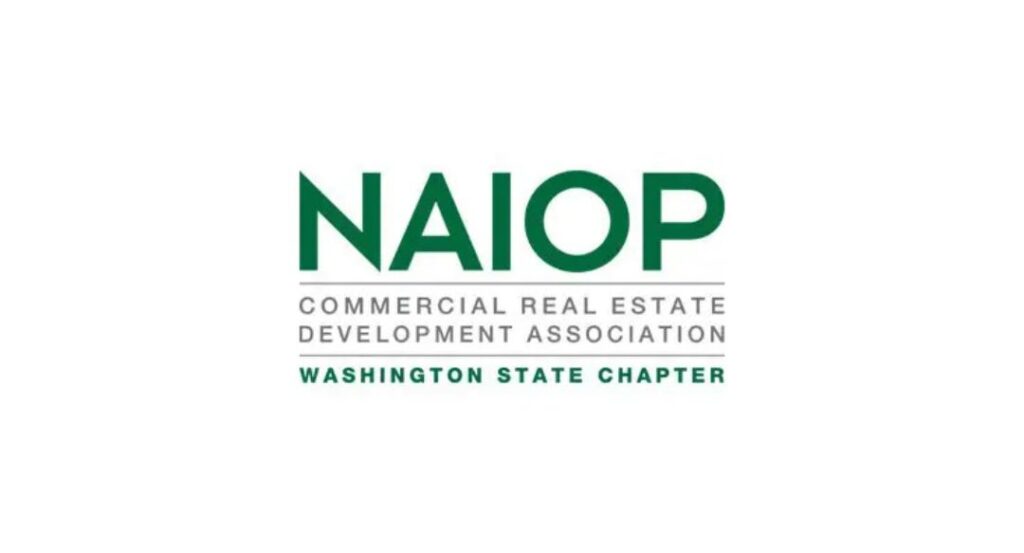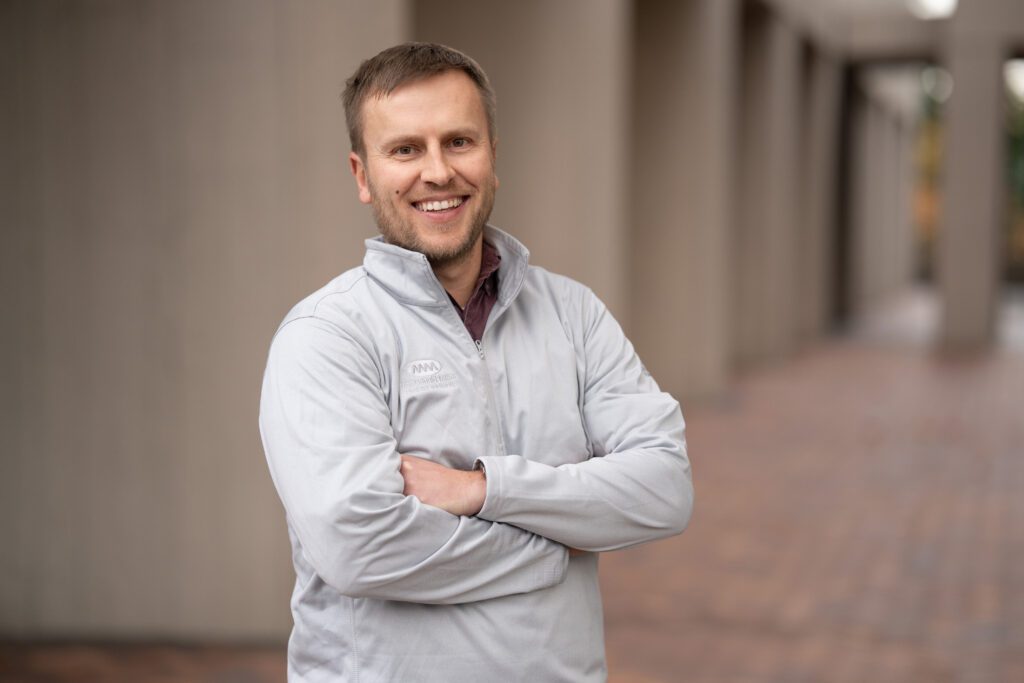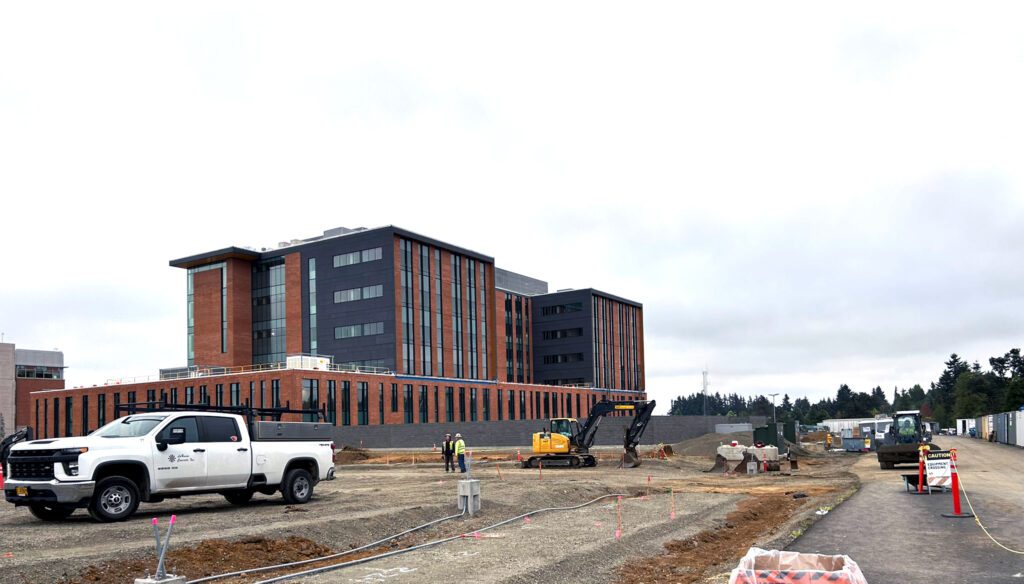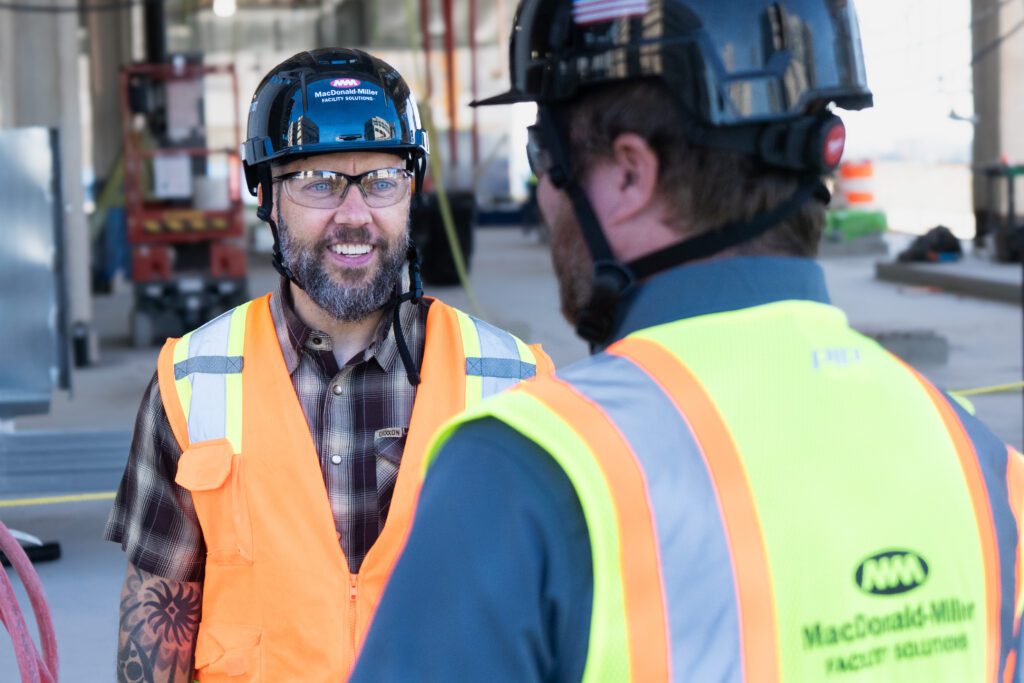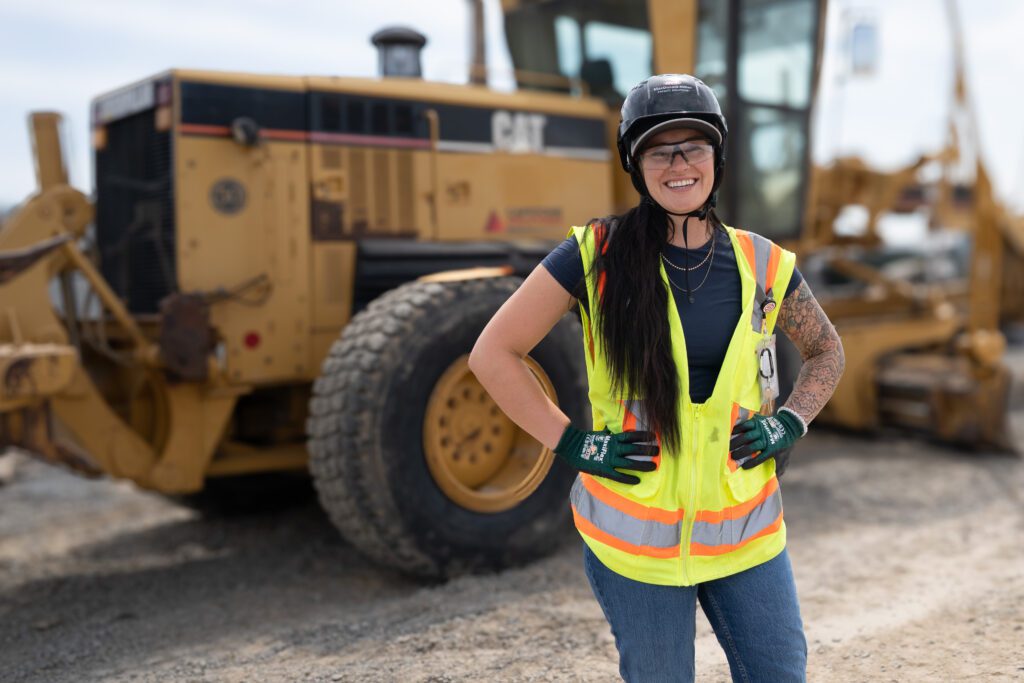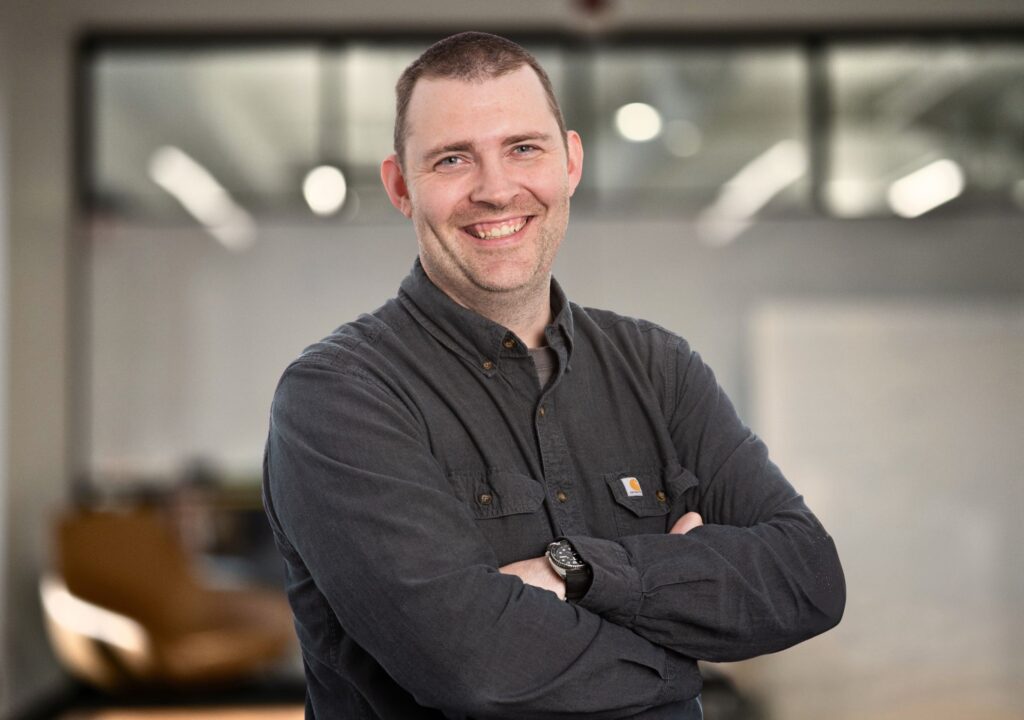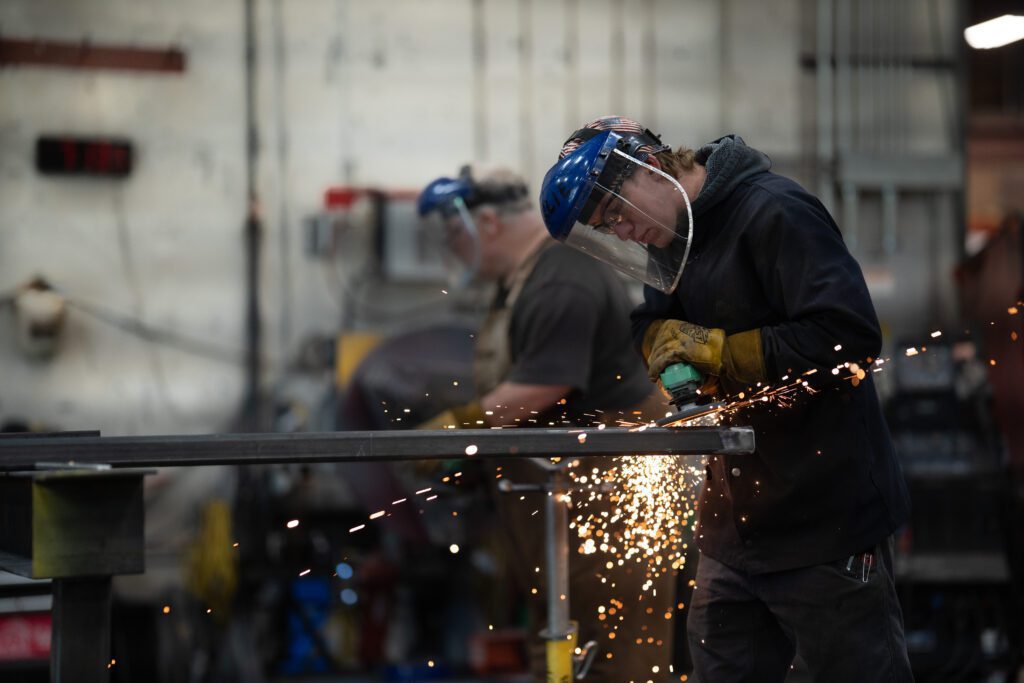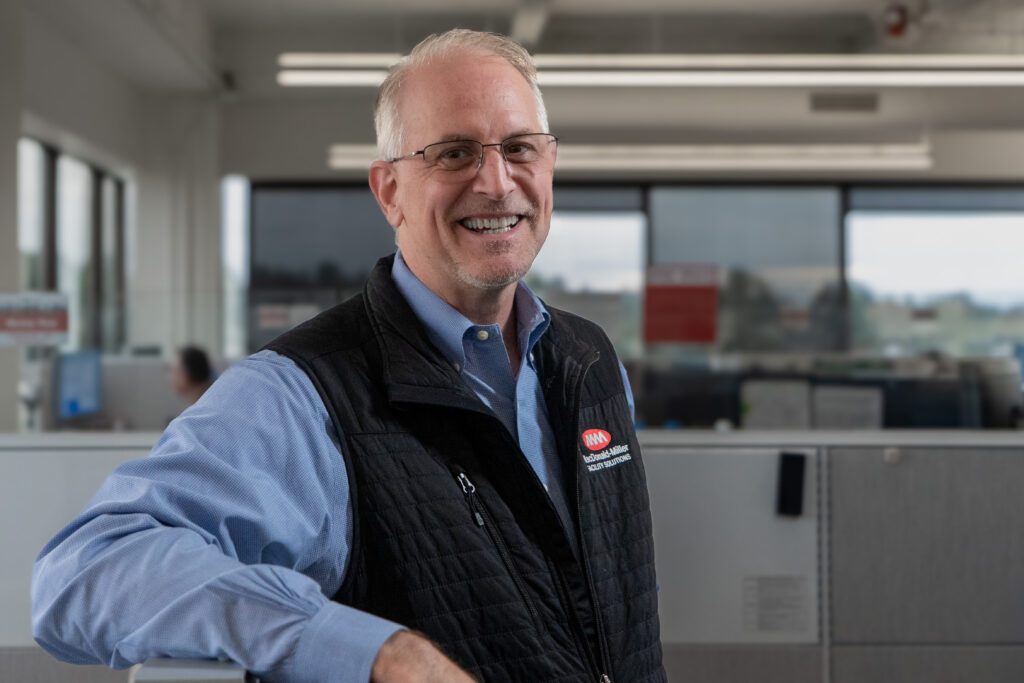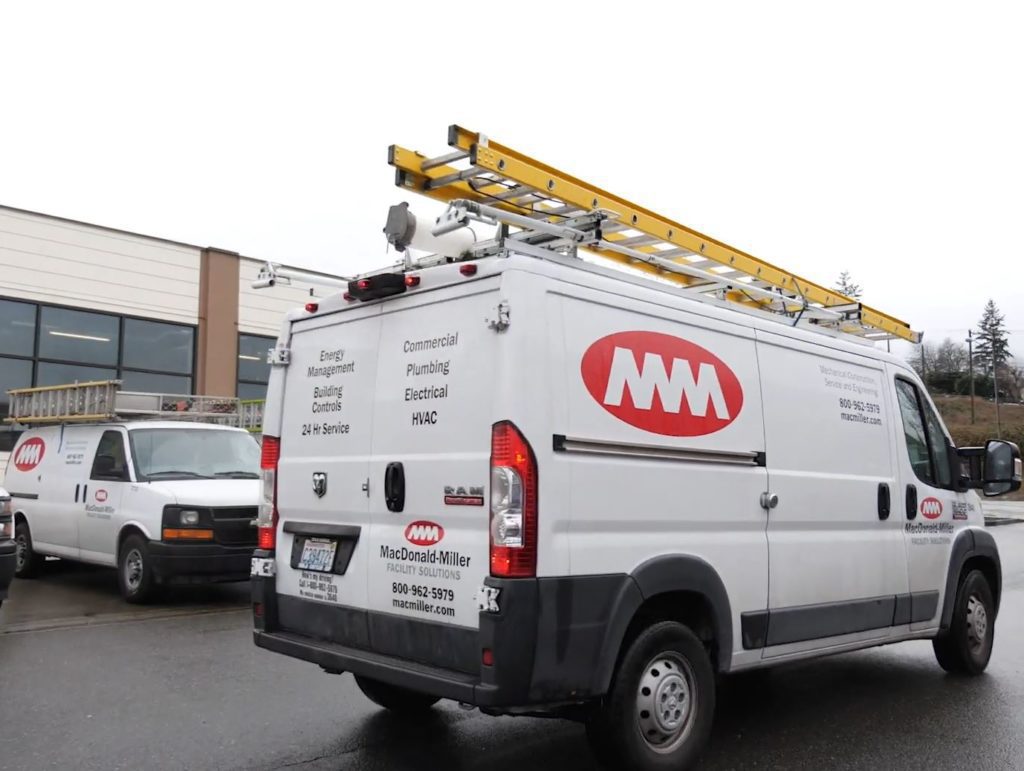Q: You’ve spent 27 years with MacDonald-Miller, how did you begin your career here?
I originally took a job with MacDonald-Miller as a material handler, intending it to be a summer position before college. I started immediately and, sort of being a sponge at 18, I picked things up easily and really enjoyed it.
I entered the apprenticeship and was turned out early after four and a half years to take over a project. From there, I quickly moved from journeyman to foreman around 2002 and have been running work ever since.
Q: What are some major project experiences that led you to your current role in complex healthcare construction?
A significant period for me was running projects for Microsoft during their building renovations (around 2005–2008). I spent five or six years serving as the superintendent for all their renovation work. Following that, I transitioned into life sciences, spending about 10 years as the site superintendent at Seattle Genetics, before it became Pfizer. That life science experience where I was dealing with complex systems and working in occupied buildings where existing systems must remain online really helped me transfer into healthcare, and I made the jump.
My current role as Site Superintendent on the Swedish Project means I’m managing the largest hospital expansion in the Pacific Northwest. I take immense pride in working on projects this big and impactful. They are cornerstones, and they provide a heightened sense of purpose knowing you are working on facilities where people are saving lives.
